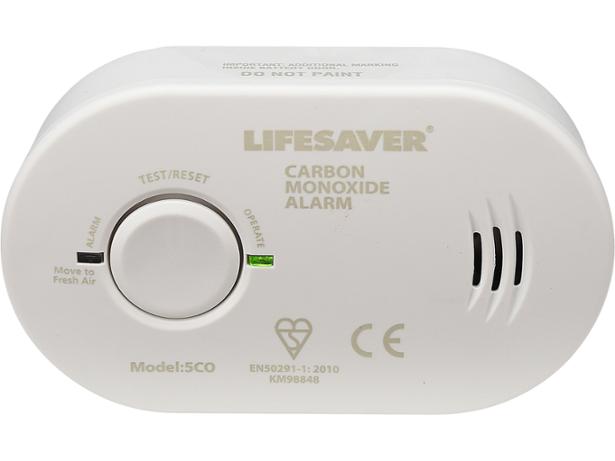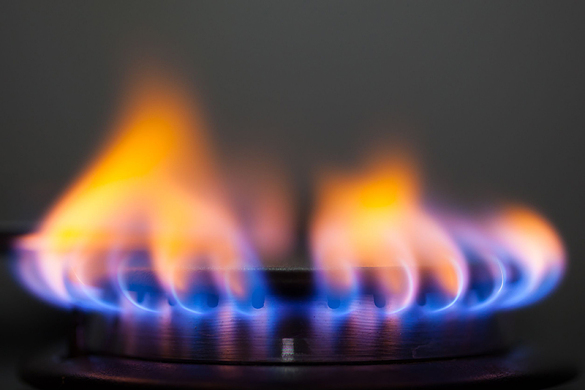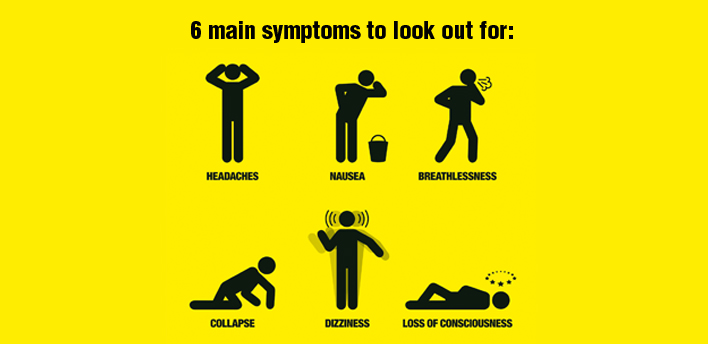The instructions that come with your CO alarm should always be read and followed. The advice given here is general advice.
Question 1.
Do you put CO alarms high or low?
Answer
CO is slightly lighter than air and has a tendency to rise to the highest points in a room. Therefore CO alarms should ideally be placed high up on a wall (above the height of a window or door). CO alarms can be fitted on the ceiling and usually need to be at least 300mm from the wall.
Question 2.
Should I have my CO alarm next to my gas appliance?
Answer
Ideally your CO alarm should be between 1 and 3 meters horizontally away from your appliance.
Question 3.
How many CO alarms should I have?
Answer
Ideally you need a CO alarm in every room that has a fuel burning appliance. Also rooms where you spend lots of time. Having a CO alarm in bedrooms or near to where everyone sleeps is also highly recommended as this is when we are most vulnerable.
Question 4.
Are there any locations that I should avoid placing my CO alarm?
Answer
Yes. Avoid placing your CO alarm:
- in enclosed spaces such as in a cupboard or behind curtains
- where it can be obstructed such as behind furniture
- above a sink or close to a cooking appliance
- next to a door or a window or a vent
- next to an extractor fan
- where there may be extremes of temperature
- in an dirty or dusty areas
- in a damp or humid location such as a bathroom
- right next to your fuel burning appliance (less than 1 meter).
other advice:
If your alarm does sound then don't think it is just a false alarm and ignore it. Remember: CO is invisible and not easily detected (which is why it is often called the silent killer).Make sure you test your CO alarm on a regular basis (usually by pressing the test button).
REMEMBER: when installing a CO alarm always thoroughly read, understand and follow the manufacturers instructions.






